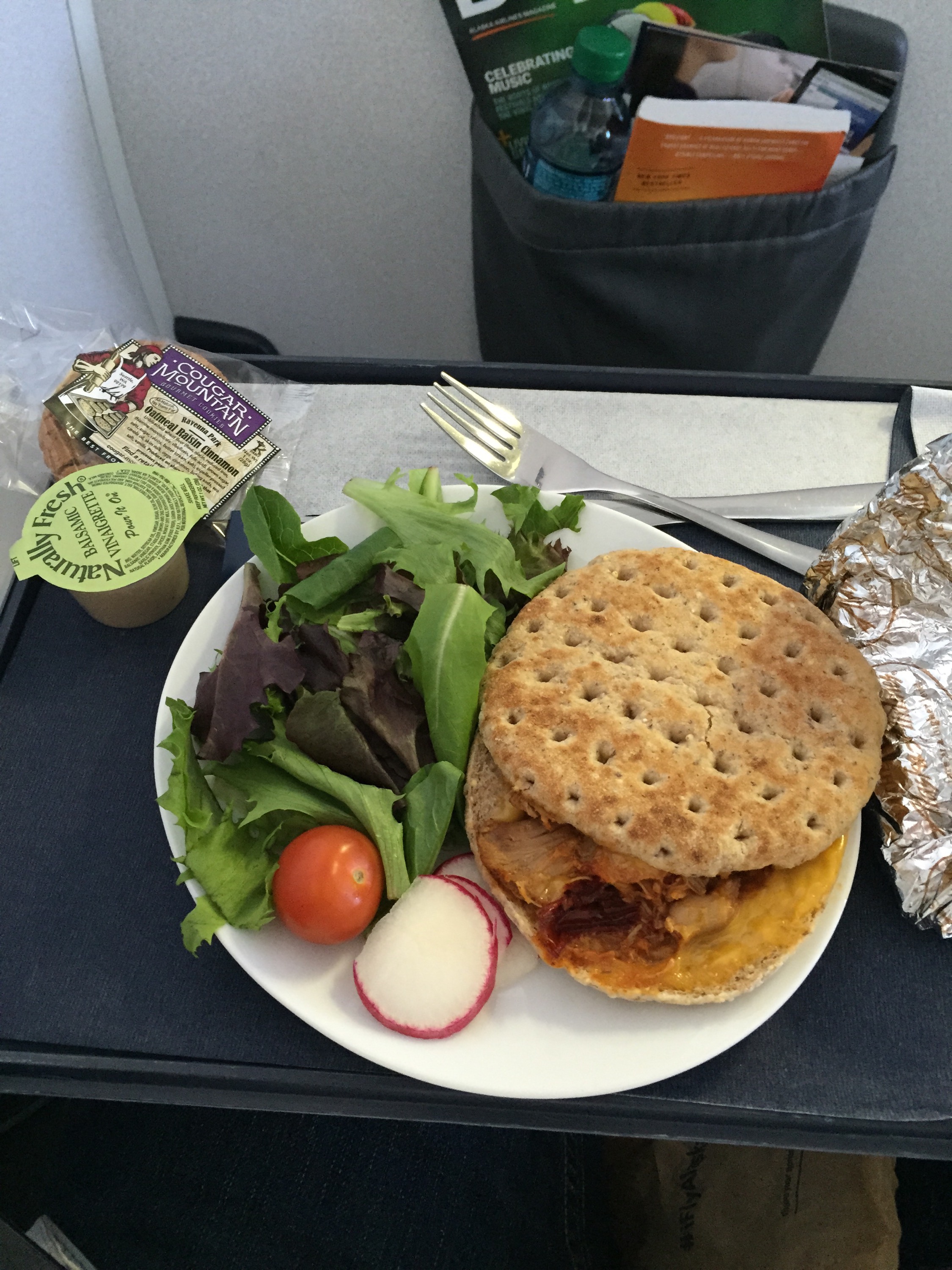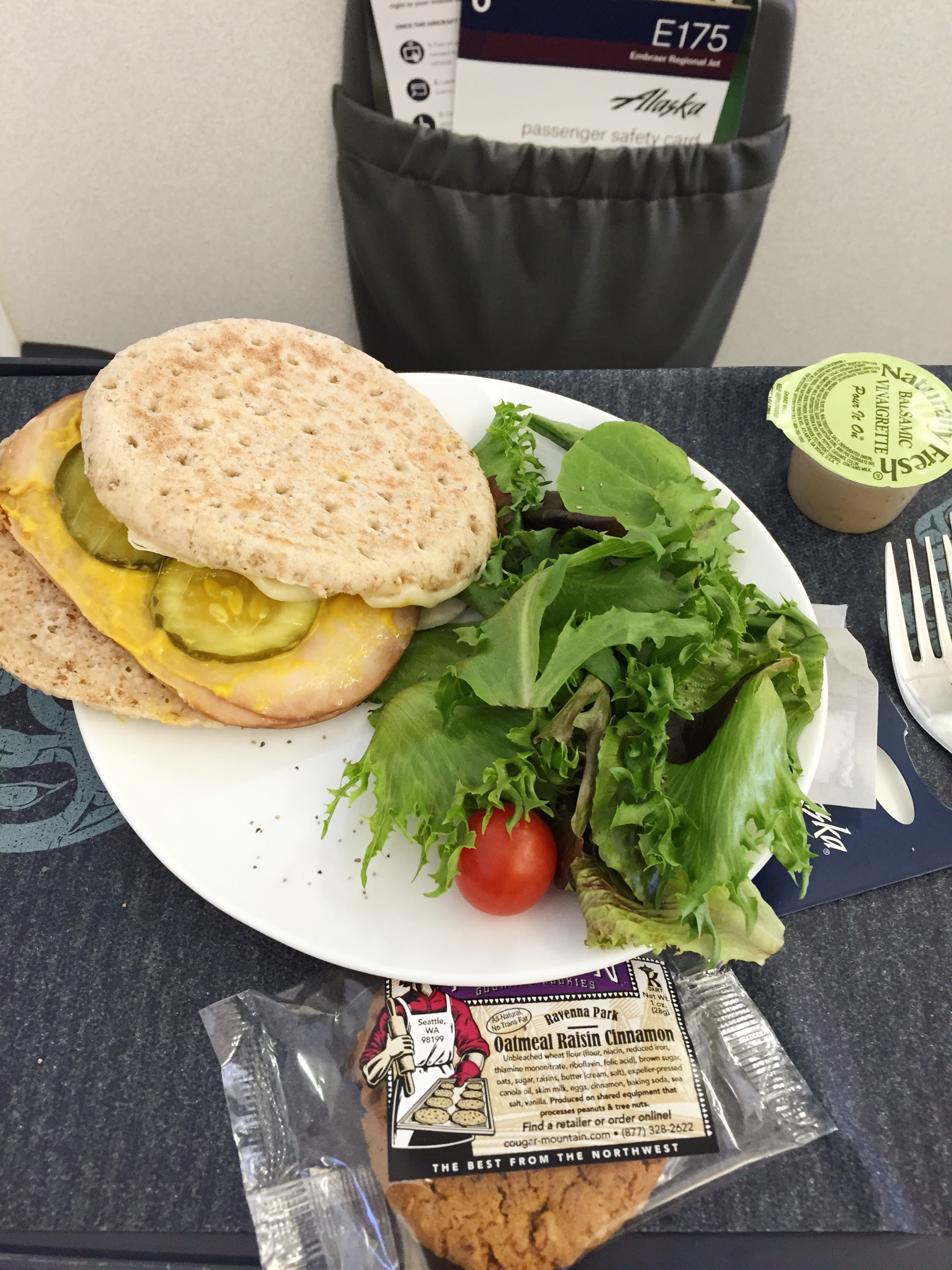A couple of stories popped up in my Twitter and Facebook feeds recently and I think they deserve a little attention. Not because they are amazing stories, but because they are titled as “travel hacking” and I think that term deserves a discussion.
The first article is on Business Insider and is about a blogger named Sam Huang and his “round the world trip in first class for $300”. To be clear, Sam is selling something. I don’t know exactly what it is but I would guess it’s a guide to earning miles with a credit card. He clearly sent out some feelers to see if anyone would be interested in carrying his story to hopefully generate some traffic.
Travel blogger Sam Huang recently cashed in his Alaska Airlines frequent-flyer miles for a $60,000 trip around the world, and luckily he took plenty of pictures documenting what it was like.
Right off the bat I see some interesting claims being made. One, this isn’t really a round-the-world itinerary, it’s a one-way purchased with miles and then a return at a later date, also purchased with miles. A true round-the-world goes in one direction around the globe and ends in the same city (or close to it) that the journey began. Secondly, the price seems quite steep. I cannot find anything on the Emirates website that hints at the price for a trip around the world in first costing $60,000. My guess is that Huang priced out each separate segment in first and is quoting the sum as the price of the trip which may or may not be close to reality.
The second story is this one, on Collectively Conscious, about blogger Scott Keyes. I have to give Mr. Keyes some credit as he looks for cheap fares and seems to be focused on travel rather selling a service or a guide to earn free miles.
This is nothing new for Keyes, who told us that he uses his massive collection of credit cards to gain points, frequent flyer miles, and plenty of other member perks all the time. He then turns around and uses those perks on vacations like his upcoming trip that will take him 20,000 miles on 21 flights — all for free.
The strand that ties these two stories together is the heavy mention and use of credit card miles. Both gentlemen use a frequent flyer credit card and use those earned miles for travel, but what neither article seems to touch on is how exactly they are doing it. More than likely they are signing up for cards and then spending enough on the card to earn the bonus miles probably offered for initial sign-up and then eventually cancelling the card. It is a stretch to call this “travel hacking”. The practice is definitely neat and draws in some pageviews, but relying on a credit card to fuel travel is not an easy undertaking but is being sold to readers as a cheap way to get from point A to point B in style (or on the cheap). For some people, cash back cards may actually be a better proposition, for others, a card that gives them points that they can use for purchases might work better. Just jumping into the airline/travel credit card game without a goal or an understanding of the risks, which range from devaluation to closing of accounts, is dangerous and something I discourage.
A telling paragraph in the Keyes story:
Keyes has a few methods to procure his frequent flyer miles, including opening new credit cards that award miles or points, letting airlines know when there’s a problem with his flight, and not being afraid to get bumped if a flight is full.
Opening new credit cards is at the forefront. Complaining about something broken or a problem on a flight I don’t have a qualm with, but it seems to be a tactic that gets abused. The last point about being bumped if a flight is full is a great way to earn airline vouchers if you have flexible plans. Just know that some of the vouchers come with restrictions and make sure you understand those restrictions.
It is sad to see “travel hacking” basically turned into a credit card ad and having people eating it up as a quick route to travel when it could backfire badly. Using multiple cards to earn the miles that are talked about in these articles takes organization and a firm understanding of the terms and how your personal credit rating works. It would be nice if such details were included in these articles and people were made aware of what was really going on.








